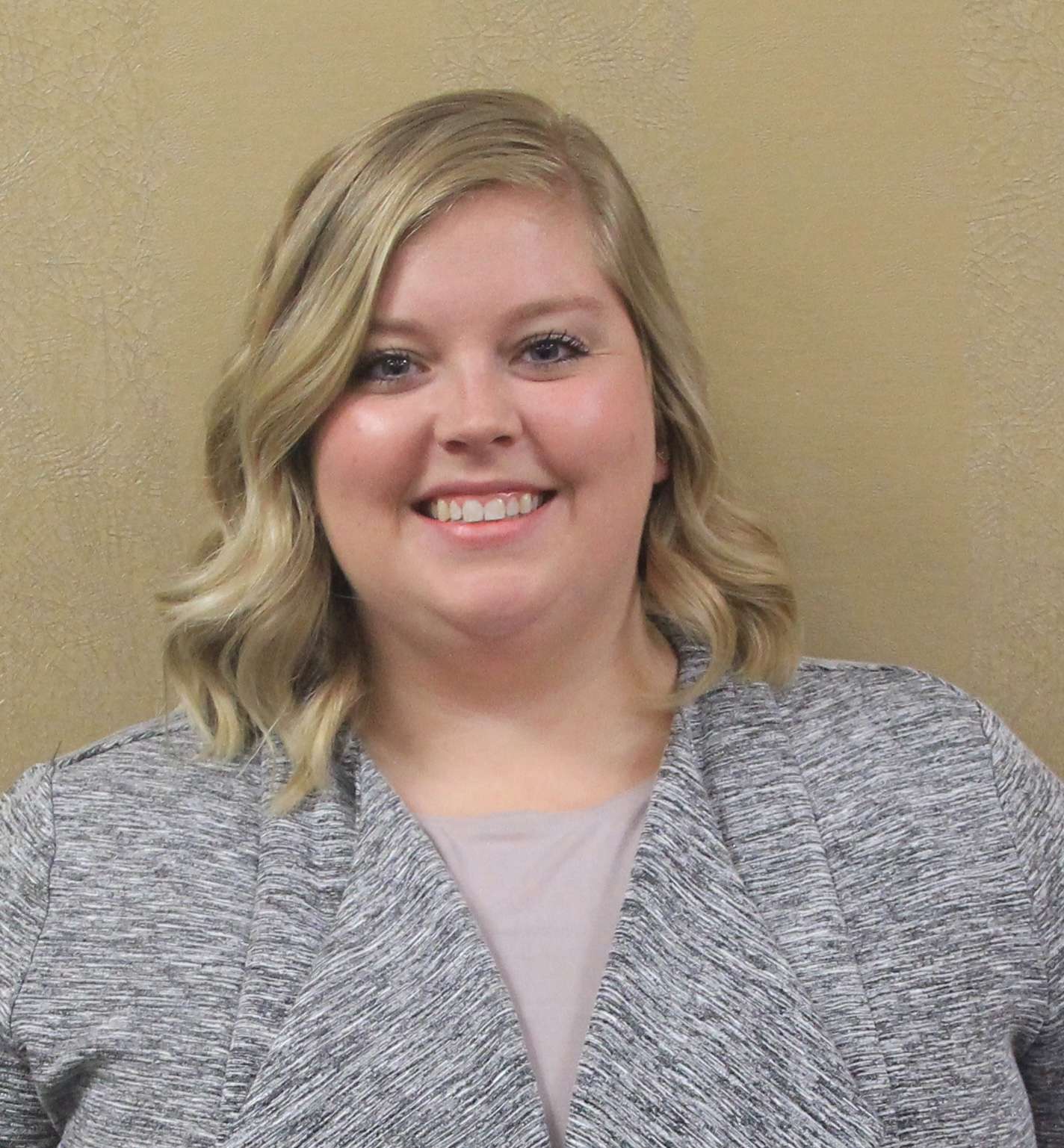Everywhere we turn there are signs of the upcoming Aug. 2 constitutional amendment and primary elections, and soon enough they’ll be replaced with reminders of the Nov. 8 general election.
For a political scientist like myself, I love election years. It’s like my Super Bowl — except the stakes are a whole lot higher because the winners and losers affect the lives of everyday Kansans.

But more and more often I’m finding myself disappointed during election season.
Surprisingly, it’s not the bombardment of negative campaign ads, yard signs, and armchair political scientists that make me feel this way — though those certainly don’t help. It’s how few options Kansas voters really have.
Shortly after the June 10 candidate filing deadline, I noticed tweets from several candidates for the Kansas House celebrating their victories. And that feeling of disappointment hit me again. These candidates had essentially won because they didn’t have a single challenger running against them.
All 125 House seats are up for election this year. Yet, 55 of those seats are completely unopposed. Voters in 44 percent of our House districts don’t get a choice in who their representative is going to be. Another handful of districts will be decided in the Aug. 2 primary, as there isn’t a partisan challenger running for the seat.
Considering the 2021 Kansas Speaks public opinion survey found less than one-third of Kansans are satisfied with the overall performance of the state legislature, it is perhaps surprising so many candidates are running unopposed.
This begs the question, why are there so many districts without opposition candidates?
Well, there are completely valid reasons why potential challengers don’t run in these districts.
First, many of Kansas’ House districts just aren’t competitive.
Of the 55 unopposed races, 36 have a Republican candidate and 19 have a Democratic candidate.
Rural areas of our state strongly favor Republicans. While urban and suburban areas, especially in the northeast, are more favorable to Democrats.
Electoral districts are drawn with this partisanship in mind. The goal is to maximize the number of districts winnable by the majority party, which can only be done by giving up a few districts to the minority party.
To determine competitiveness, I analyzed 2020 voting trends in each 2022 House district and deemed districts that came within 2 percent of a 50-50 partisan split to be competitive. I found that only 12 of our 125 House districts met these criteria.
Most of these unopposed races are in districts that are not competitive for members of the opposite party. And potential challengers aren’t going to run if their chance of winning is low.
Second, there are features of the Kansas Legislature that limit who is realistically able to run for office.
We have a part-time, low-pay, legislature. On average, lawmakers spend about half of a full-time job doing legislative work. This requires many legislators to have other sources of income to make a living — usually flexible careers, family wealth, or retirement. Therefore, running for office is often limited to upper-middle-class or wealthy Kansans.
Logically, it makes sense why this wouldn’t be an appealing draw for potential challengers.
But it’s concerning for our democracy. Government necessitates competitive elections to be considered representative.
The voice of the people is supposed to drive our government. But nearly half of Kansas voters won’t get a choice in who their state representative is this year.
Alexandra Middlewood, Ph.D., is an assistant professor of political science at Wichita State University.






